Mangrove for Future 2022 volunteers at Mangunharjo Beach
Semarang, 28 July 2022 – This year, the Universitas Diponegoro FISIP Student Organization again contributes to nature through the Mangrove for Future program on Saturday, 23 July 2022. In this program initiated by the Undip FISIP BEM, volunteers plant mangrove seedlings on the coast of Mangunharjo Beach. , Mangkang Wetan, Ex. Mangunharjo, Kec. Tugu, Semarang. Mangrove for Future is a manifestation of the concern of Undip FISIP students regarding the importance of mangroves in coastal areas.
Through this program, students can move and contribute actively in protecting the environment. “The purpose of implementing Mangrove for Future itself actually comes from the current state or condition of the coast of Semarang City which really needs attention. Some time ago, there was a tidal flood incident, then the issue of climate change which also needs to be really paid attention to. In fact, the coastal land surface of Semarang City per year can decrease by 10-15 cm. So, the main purpose of planting mangroves is to tackle erosion, prevent abrasion, prevent land subsidence, and as a place for us as students to be more concerned about the natural environment in which we live,” said Furia Hera Wati as Head of Community Service Division of BEM FISIP Undip 2022.
This year’s Mangrove for Future received support from various parties. PT Djarum Indonesia also contributed to this program in terms of submitting an application for 1000 mangrove seedlings. Meanwhile, the mangrove seedlings planted were supplied by the Mangrove Lestari Farmer Group, chaired by Mr. Sururi. In the planting process, the volunteers are guided by the Kelompok Tani Mangrove Lestari.
On the day of implementation, Mangrove for Future volunteers began to leave for the mangrove planting site at 07.30 WIB. Part of the journey must be taken on foot because the terrain is impassable by motorbikes, so the volunteers only started planting at 09.30 WIB. Before starting to plant, the volunteers were given briefings on how to plant mangroves by farmer groups. They share the task of planting mangroves. Some planted in the sea, some planted on land, and some planted mangrove seedlings. All the mangrove seedlings, a total of 1000 in number, were finished planting at 12.00 WIB.
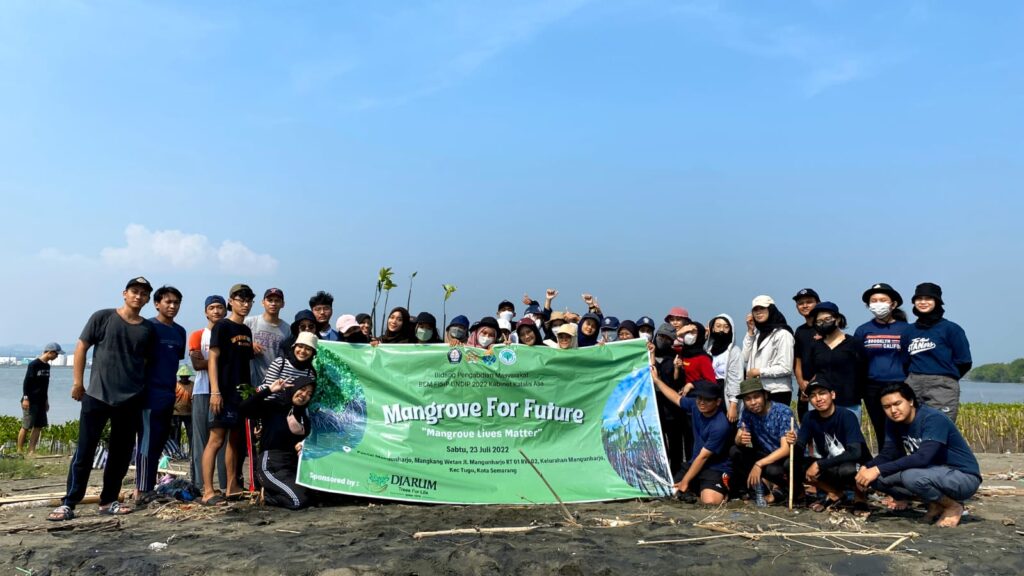
The process of planting mangrove seedlings
In addition to the support from many parties, Mangrove for Future also received a positive response and high enthusiasm. A total of 52 people participated in planting mangrove seedlings which included BEM FISIP Undip, Community Service Circle Forum as FISIP Undip, and non-organizational students. The opportunity to play an active role in protecting the environment is opened through Open Volunteer for FISIP students, where 19 of the participants are non-organizational students. The goal is to make service activities more inclusive for all FISIP students, especially for those who are not members of the organization, so that they can experience going to the field directly through social activities like this. The high enthusiasm helped facilitate the continuity of this program.
The Kelompok Tani Mangrove Lestari appreciates the implementation of the Mangrove for Future program because of the good initiatives that have been carried out to help protect the coast of Semarang City through the movement to plant mangrove seeds. Because the existence of mangroves is very meaningful for the people of Mangunharjo who live very close to the coast. Mangrove planting has helped their living environment to withstand ocean currents, absorb carbon dioxide (CO2) gas and produce oxygen (O2), and provide a place to live for various kinds of marine life such as small fish to shelter and find food.

Handing over of certificates to the Mangrove Lestari Farmer Group through Mr. Sururi
“With the planting of 1000 mangrove seedlings, we hope that the mangroves that have been planted will experience good growth and will not go to waste. After 5-10 years of growth, in the future mangroves can prevent large ocean waves and can become a habitat for small marine biota and create mangrove forests in the area to enrich oxygen. Not only that, this mangrove planting is also expected to make other parties aware of and contribute to the benefits of mangroves, where this is an act of caring for nature that is increasingly damaged and reduced so that later it can have an impact on the social environment for welfare. and the comfort of the community in the future,” explained Raden Aditya Permana Agung as the chief executive of Mangrove for Future 2022. (Gracelline C. by Humas BEM FISIP Undip 2022)

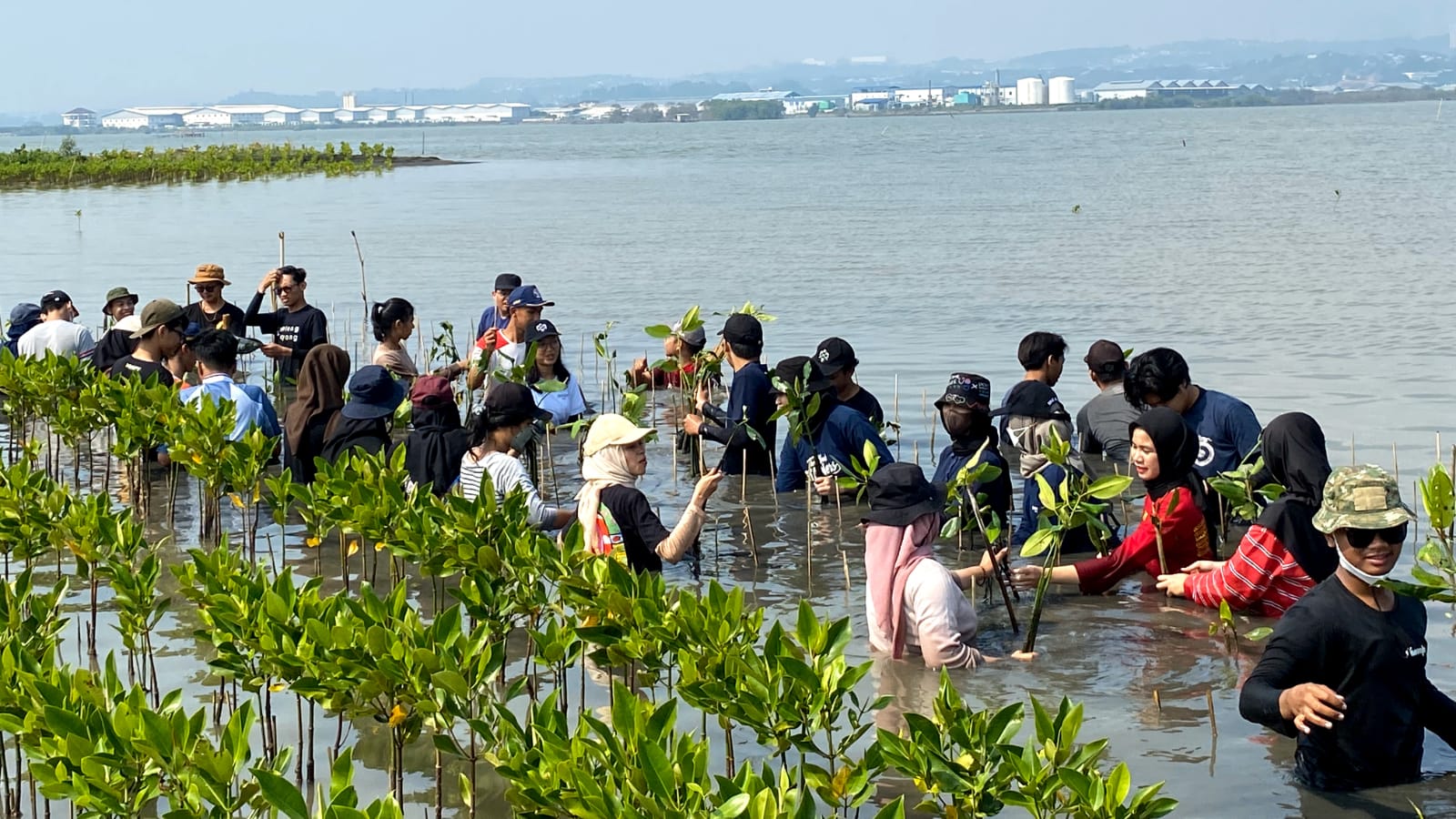
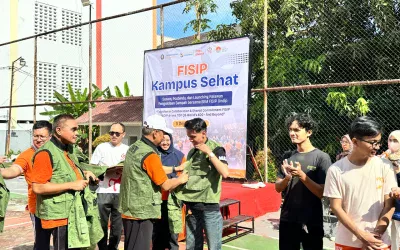
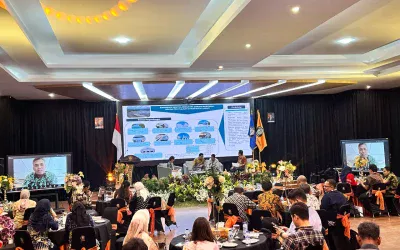
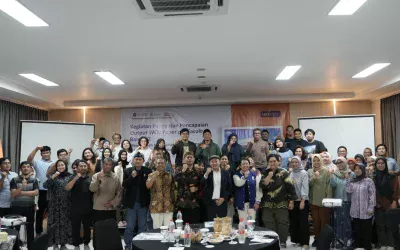
0 Comments